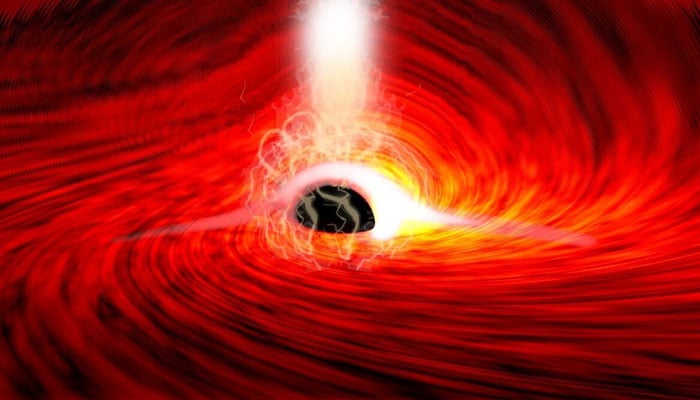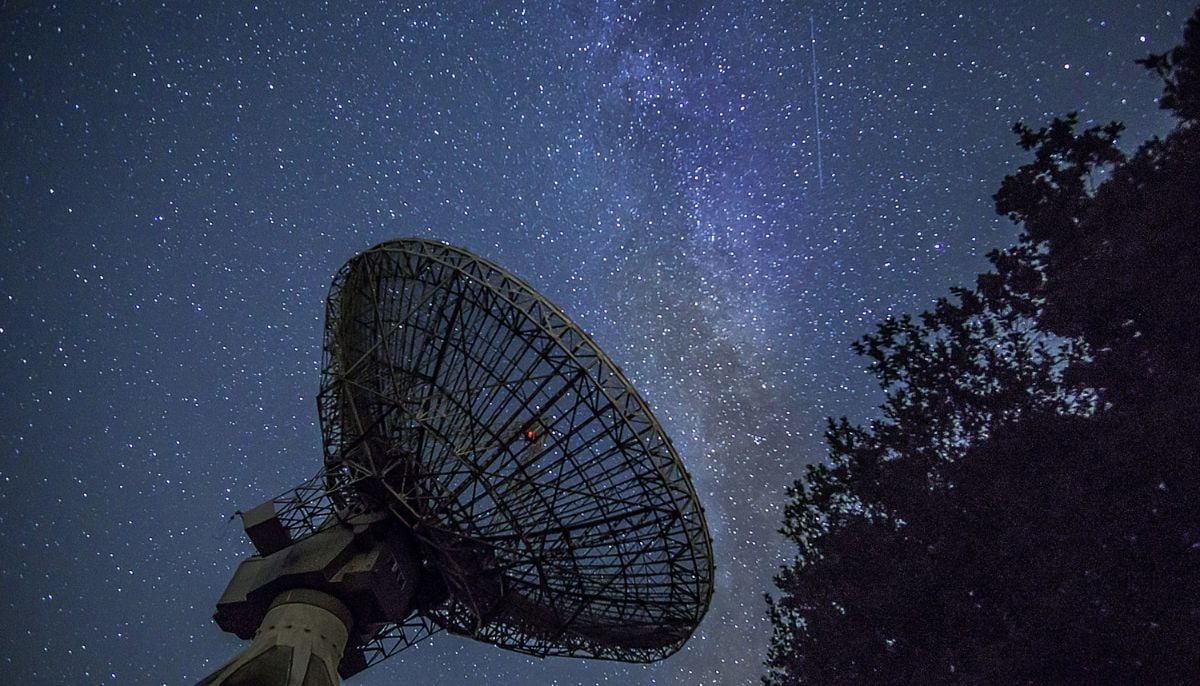NASA: Super-red massive black hole from early universe catches JWST's eye
Nasa's newly discovered super-red black hole appearance of early universe-lensed quasar
An "extremely red" supermassive black hole may have existed in the early cosmos, as per the analysis of photos taken with the James Webb Space Telescope.
Scientists suggest that the black hole's red colour results from its position behind a thick layer of dust that blocks out most of the light it emits, according to Interesting Engineering.
“We were very excited when JWST started sending its first data. We were scanning the data that arrived for the UNCOVER programme and three very compact yet red-blooming objects prominently stood out and caught our eyes,” said Lukas Furtak, a postdoctoral researcher and the lead author from the Ben-Gurion University of the Negev.
The object has the appearance of an early universe-lensed quasar. Supermassive black holes provide energy to quasars, which are bright, active galactic nuclei.
“Their “red-dot” appearance immediately led us to suspect that it was a quasar-like object,” added Furtak
Extremely precise photos of the field of the Abell 2744 galaxy cluster were taken by the space telescope.
This cluster's large mass causes spacetime to curve, which modifies the pathways taken by light beams as they travel through it. In a sense, this phenomenon serves as a gravitational lens.
Consequently, the gravitational lensing effect makes background galaxies behind the cluster look more prominent.
Because of this special gravitational lensing, astronomers may now use telescopes to study and observe galaxies that would not otherwise be accessible.
-
Blood Moon: When and where to watch in 2026
-
Elon Musk’s Starlink rival Eutelsat partners with MaiaSpace for satellite launches
-
Blue Moon 2026: Everything you need to know
-
Scientists unravel mystery of James Webb’s ‘little red dots’ in deep space
-
ISS crew of four completes medical evacuation with safe splashdown off California
-
Annular solar eclipse 2026: Here's everything to know about the ‘ring of fire’
-
World’s first ice archive created to preserve fast-melting glaciers’ secrets
-
NASA, DOE to develop Nuclear Reactor on the Moon by 2030












